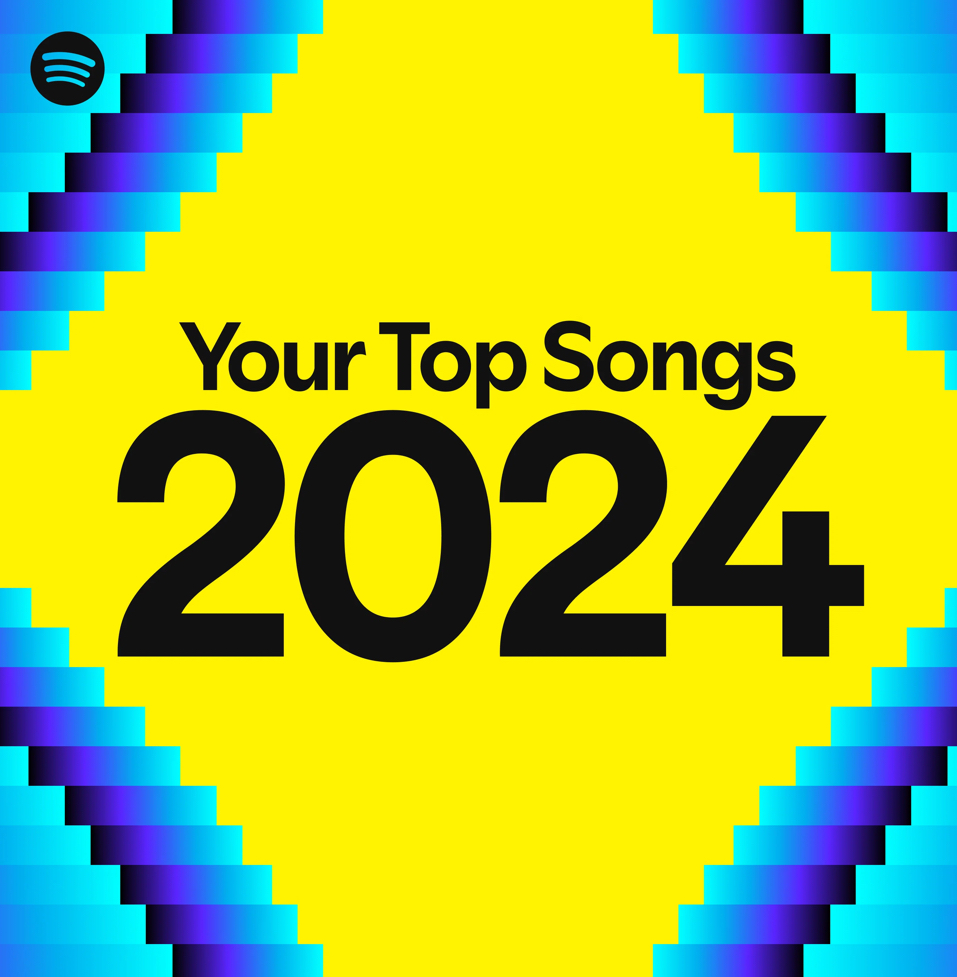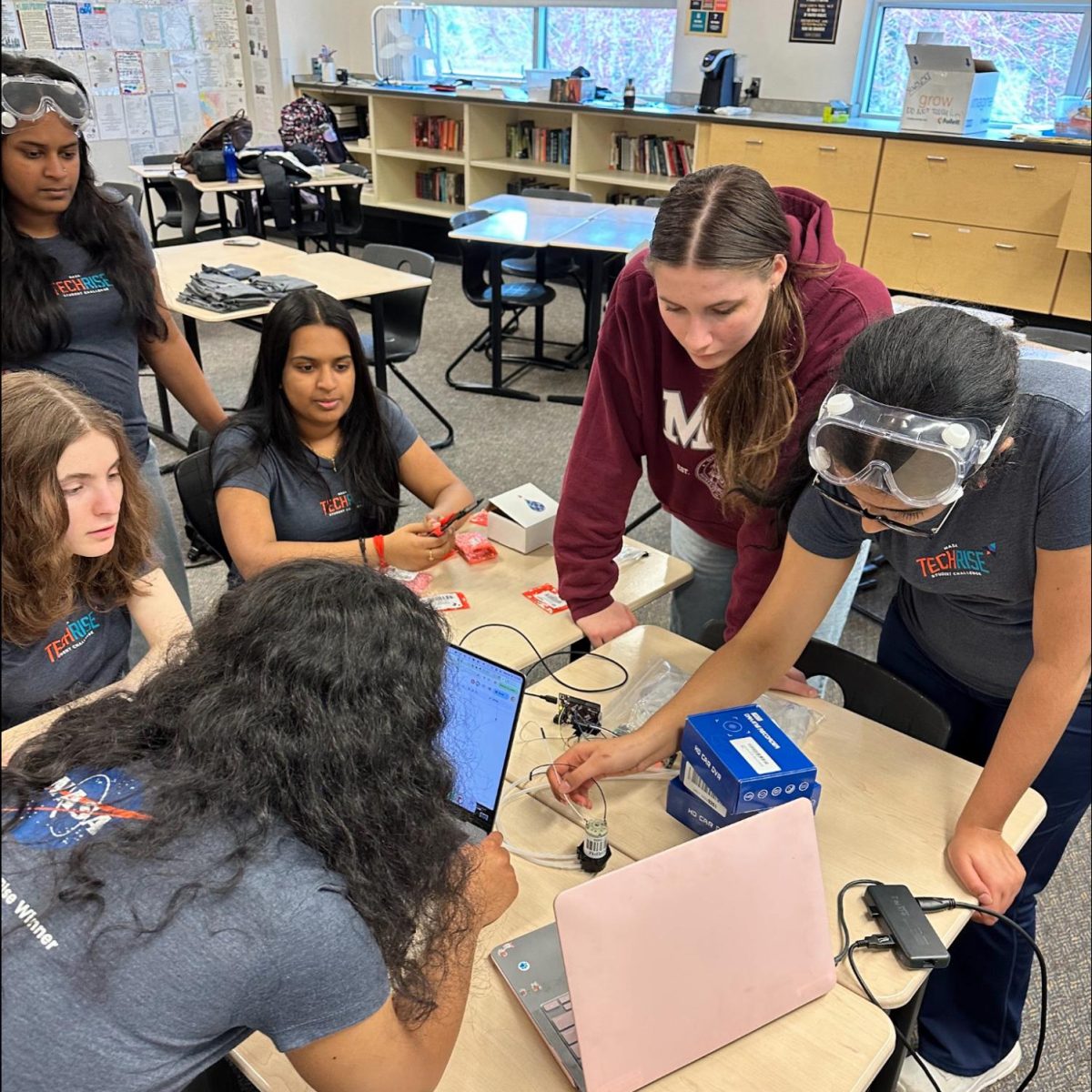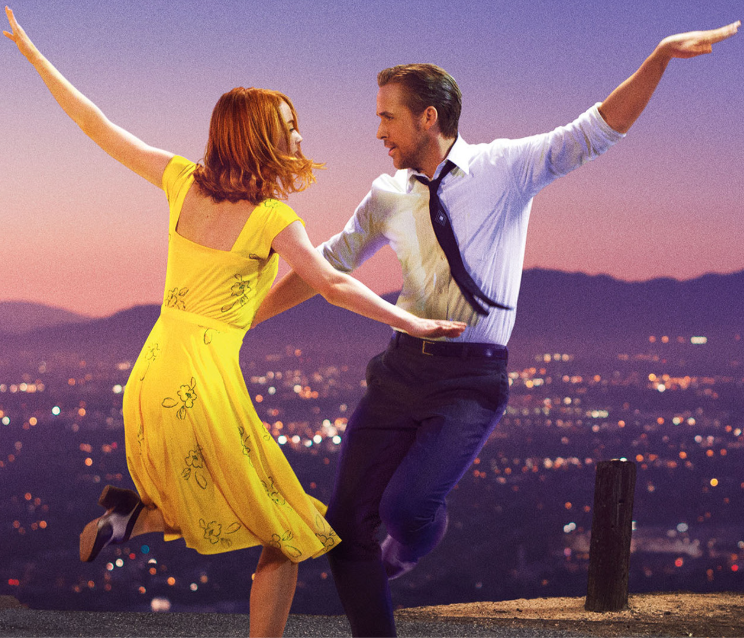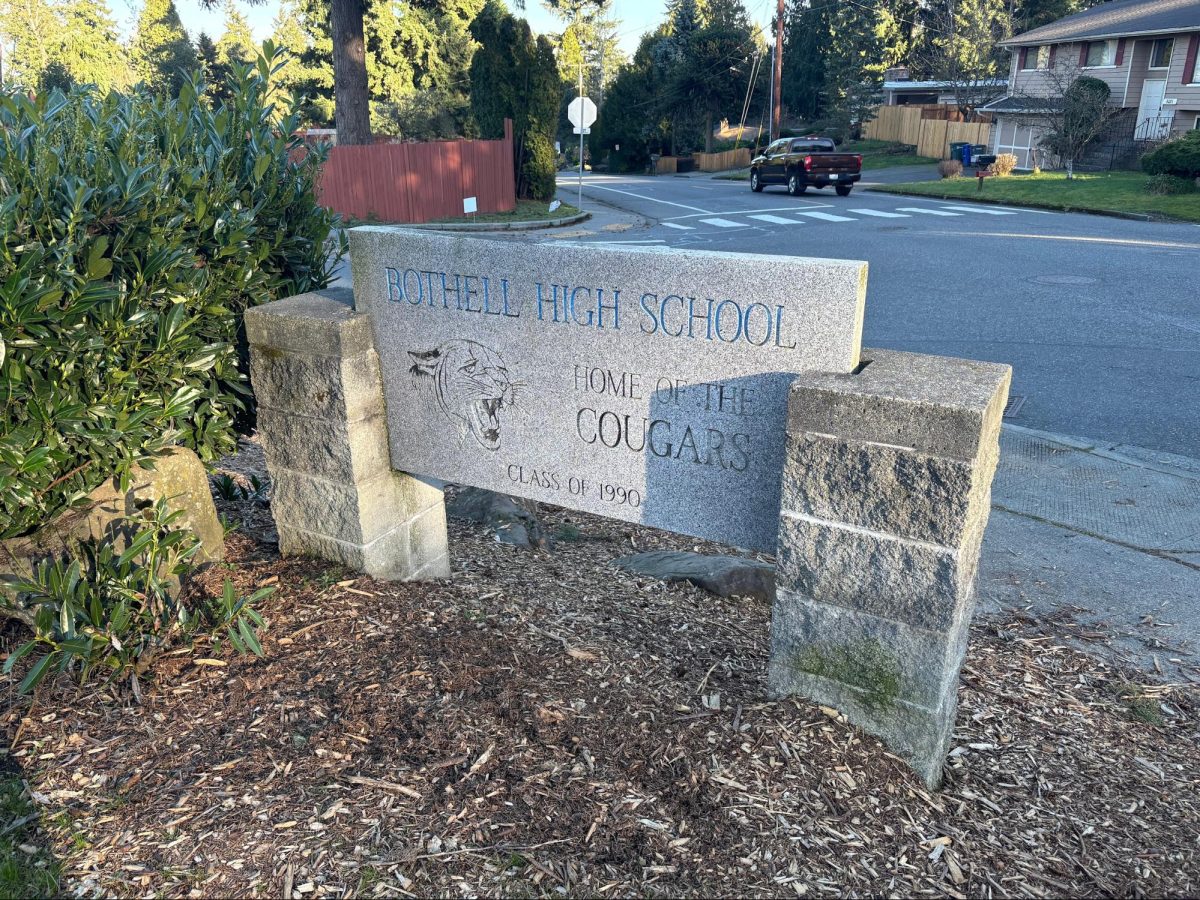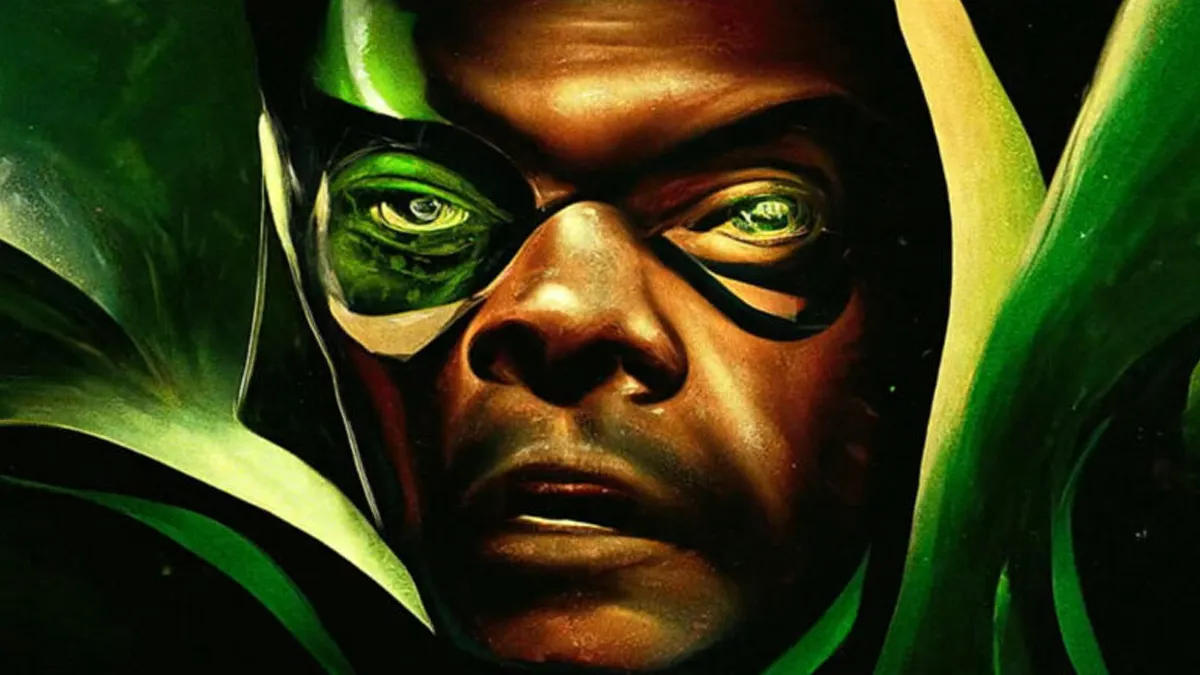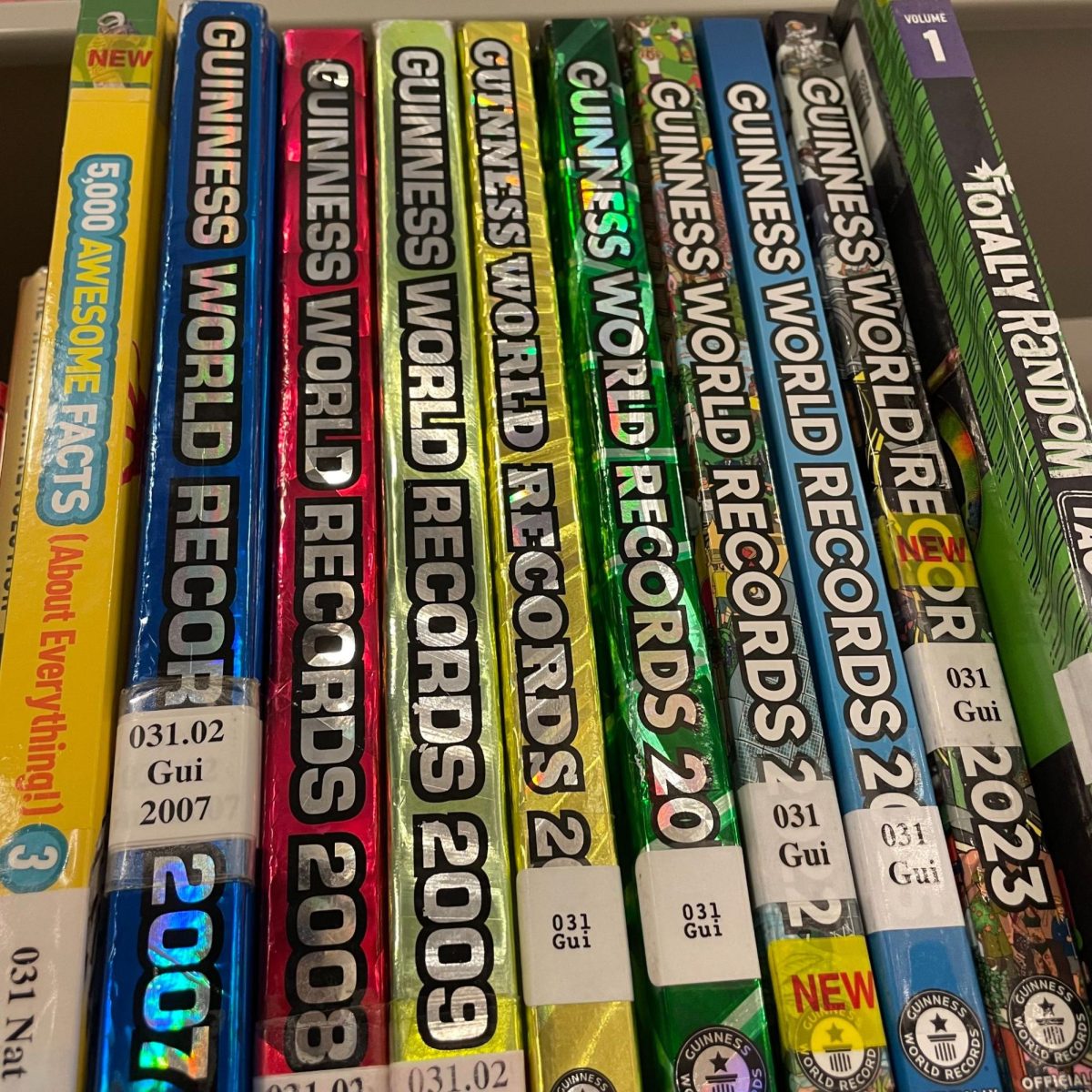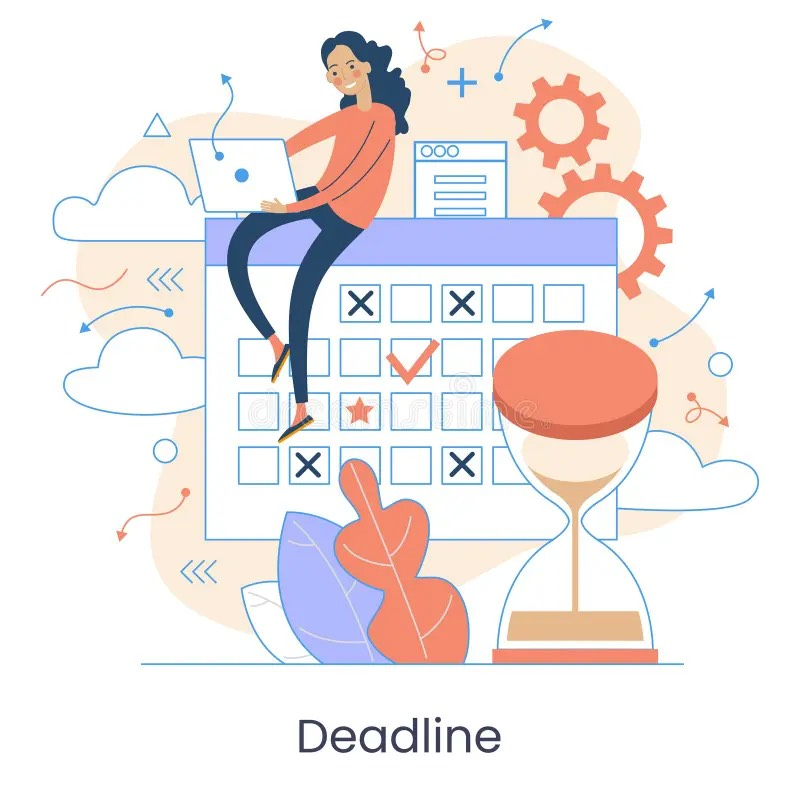Near the end of each calendar year, Spotify users turn their attention to the phenomenon known as Spotify Wrapped, a personalized and categorized list of the music they frequented throughout the year. In past years, like 2023, the results gave users categories like top genres, artists, songs, most played albums, and eye-catching classifications, such as what city users would live in based on what they listen to, termed by Spotify as “sound towns.” However, despite the usual positive response to these results, the most recent Spotify Wrapped faced intense backlash from the online community. The release in late November is usually a lighthearted experience as many share their data on social media or with friends. Although believed by many to be an elaborate marketing scheme, Spotify Wrapped also undeniably fosters a sense of anticipation, excitement, and community. So why did this year’s Spotify Wrapped seem to fall short? We must first examine the connection between music and community, and perhaps more importantly, music and sense of self.
Since its beginnings, music has played a large role in bringing together communities and has been featured in religious services, pastimes like theatre productions, and other ceremonial occasions. Despite the ease at which we can access music in the present day, it often serves the same purpose: to bring people together. Concerts and music festivals are only two examples of popular outings revolving around music, but most public events have some sort of soundtrack playing in the background. Music has always been a form of self-expression, from the jazz movement beginning in New Orleans in the early 20th century to the rise of alternative rock in the 80s and the 90s. In this context, the popularity surrounding Spotify Wrapped makes sense. It affirms the patterns in the music we listen to—the music central to our self-perception and our place in society.
However, following the release of Spotify Wrapped 2024 on December 4th, the internet exploded with negative comments across multiple platforms, criticizing the categories, or lack of categories, as the top genres and playlists included in previous years were missing. More users felt that their results were not truly indicative of what they listened to over the year, or their personalities. One anonymous BHS student reported that this year’s results “did not feel like it represented [their] music taste or personality” and that it “focused on [their] week-long random phases rather than a holistic view of the year.” Unlike previous years, which contained “sound towns” and personality profiles, Spotify Wrapped 2024 included data on specific months, summing up musical genres with niche titles like “pink pilates princess,” “coastal grandmother synthesizer Swedish pop,” and “wanderlust acoustic pop indie folk,” confusing Spotify users who felt like the terminology was off-putting and misrepresentative. BHS AP English teacher Ms. Kinder affirms that there was validity to these statements: “The words alone predominately work as buzz words, trendy attributive tags linked to social media stereotypes…and like all things to go viral in this age of short-term Internet fads, the terms have already become outdated, losing their only redeeming purpose: relevancy.” Not only are these terms based on quickly disappearing microtrends, but they also feel very unsentimental compared to selective categorizations from previous years. Spotify users want their statistics to feel personal and delivered as more than just data.
Despite this clamor, there are alternate perspectives suggesting that the public doesn’t want to face the truth of their statistics. Another student commented, “I think [Spotify Wrapped] is accurate, and people don’t like their results because they don’t listen to good music and are shocked to find out.”
Regardless of the subjective nature of “good” music, it all cycles back to the fact that we want to feel like our music engagement resonates with our personalities, or who we believe ourselves to be. Spotify Wrapped serves to affirm our musical identities and connect us with those in our community who share our musical tastes, which are deeply tied to our thoughts, beliefs, and values, and it falls short when we feel they are misrepresented.


